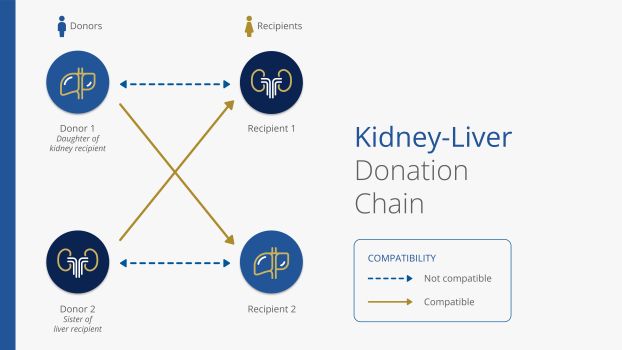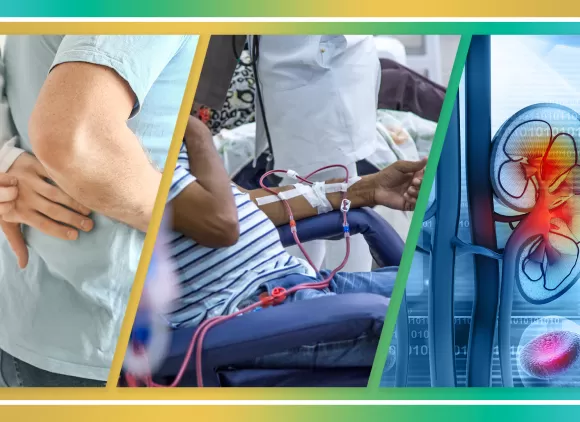
Matchmakers
During the 1980s and 1990s, NSF supported groundbreaking research in economic game theory, including matching theory, which focuses on creating mutually beneficial partnerships, like matching doctors with hospital positions.
In the early 2000s, Alvin Roth and a team of NSF-funded researchers applied matching theory to a new problem: kidney exchange — creating a computerized system that quickly and efficiently matched kidney recipients to compatible live donors.
Their work led to the establishment of the New England Program for Kidney Exchange in 2005, which allowed doctors to arrange lifesaving kidney exchanges for patients in the New England area. And in 2010, the NSF-powered matching system went nationwide.
Future of organ exchange
NSF continues to support advanced matching algorithms, improving the match quality of transplanted organs and increasing the number of successful live donation transplants.
During the 2010s, NSF-powered matching algorithms expanded beyond kidneys to include liver lobe exchanges and multi-organ ("cross-organ") exchanges. This NSF-funded research even led to the world's first liver-kidney swap in 2019, a multi-organ exchange of both a liver and a kidney between two pairs of living donors and recipients.
Four years later in 2023, United Network for Organ Sharing — a nonprofit that manages the U.S. organ donor transplant system — launched the first multi-center liver lobe exchange program.

Credit: U.S. National Science Foundation
Paying it forward
Today, the majority of live-kidney transplants occur as part of a Never-Ending Altruistic Donor (NEAD) chain.
Pioneered at Johns Hopkins Medicine and funded in part by NSF, a NEAD chain or "daisy chain" begins when one altruistic donor (a donor without a designated recipient) donates a kidney to a person waiting for a transplant. That recipient's willing — but incompatible — donor gives to another person waiting, and so on. Each living donor in this system gives to a stranger, and the chain of donors is kept going as long as possible.
The University of Alabama at Birmingham's ongoing kidney chain is the nation's longest kidney transplant chain, providing more than 100 people with a new lease on life.

Credit: U.S. National Science Foundation

